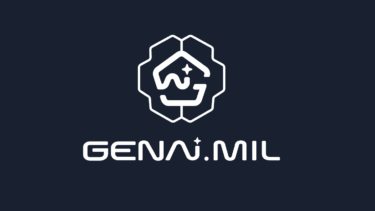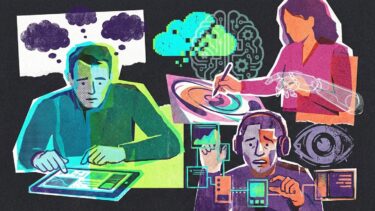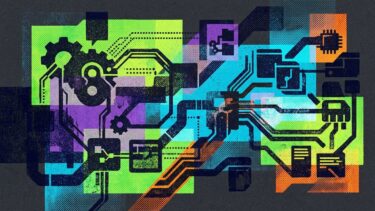Dario Amodei, CEO of Anthropic, says AI could wipe out half of all entry-level white-collar jobs and drive unemployment to 10–20 percent in as little as one to five years.
Speaking to Axios, Amodei pointed out that sectors like tech, finance, law, and consulting—particularly at the entry level—are especially vulnerable. He believes most people have little idea how quickly these changes could take hold.
"Most of them are unaware that this is about to happen," Amodei told Axios. "It sounds crazy, and people just don't believe it." One future he imagines: "Cancer is cured, the economy grows at 10% a year, the budget is balanced — and 20% of people don't have jobs."
Amodei says AI leaders have a responsibility to be honest about what's coming
Amodei, who leads the development of advanced models like Claude 4, says it's his responsibility to speak up—even if few are paying attention. "We, as the producers of this technology, have a duty and an obligation to be honest about what is coming," he said. "I don't think this is on people's radar."
He described the situation as "a very strange set of dynamics," where "we're saying: 'You should be worried about where the technology we're building is going.' Critics reply: 'We don't believe you. You're just hyping it up.'" For skeptics, he suggests: "Well, what if they're right?"
Amodei argues that both government and industry need to stop minimizing the threat of AI-driven job loss and start preparing the workforce now. "The first step is warn," he said.
Amodei also wants business leaders to help employees understand how their jobs may change, and calls for better education for lawmakers. Most of whom, he says, still don't grasp how drastically AI could reshape the economy. He is pushing for regular briefings and a congressional committee dedicated to the social and economic effects of AI, at both national and local levels.
A "token tax" to help offset job losses
On the policy front, Amodei has suggested a "token tax"—a system where every time a language model generates revenue, three percent goes to the government for redistribution.
"Obviously, that's not in my economic interest," he said. "But I think that would be a reasonable solution to the problem." If the technology takes off as expected, Amodei says, such a tax could generate trillions in new government revenue.
In this case, tokens are the smallest units of language—words, fragments, or punctuation—that an AI model processes when generating responses. The number of tokens used typically determines usage costs for customers.
Looking ahead, Amodei thinks new systems for redistributing wealth and large-scale, publicly funded retraining programs will likely be needed if these forecasts materialize. If so, a fundamental overhaul of the labor market seems inevitable.
The scale of the shift is still unclear
Despite these warnings, recent evidence suggests the transformation may not happen overnight. One study finds that, so far, wages and working hours have seen little change. The so-called "Productivity J-Curve" theory suggests it may take time for the true economic effects of AI to appear, as companies adjust their processes around new technology.
According to the World Economic Forum's Future of Jobs Report 2025, 41 percent of global companies intend to cut jobs due to AI automation, but new roles created by emerging technologies may outnumber those lost. Meanwhile, the AI Index 2025 notes that 60 percent of employees believe AI will change their work, and over a third are worried about losing their jobs.






